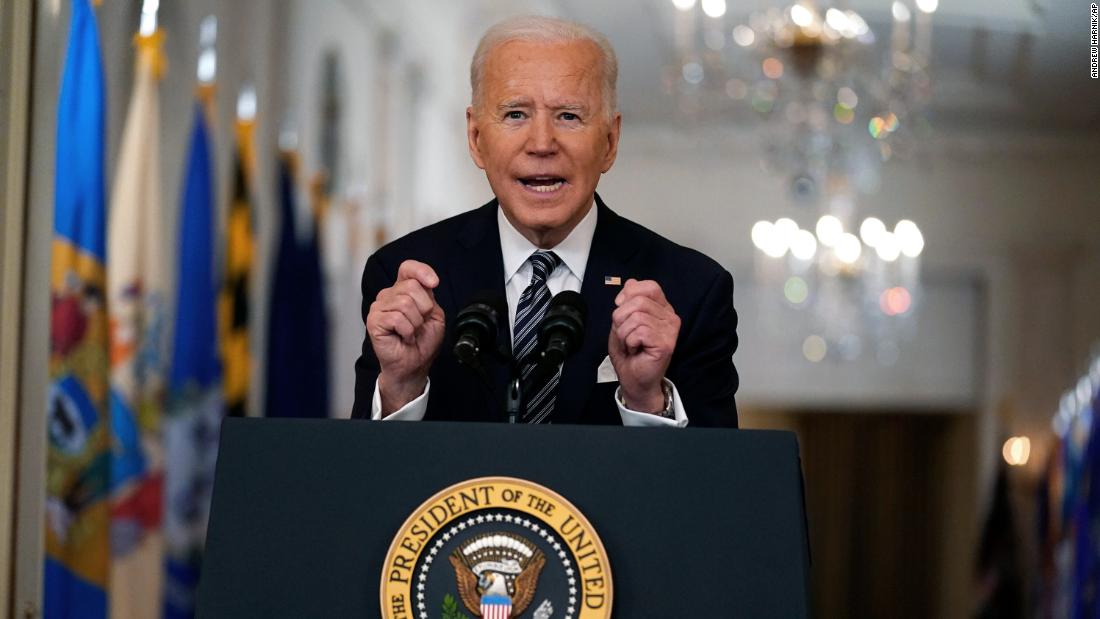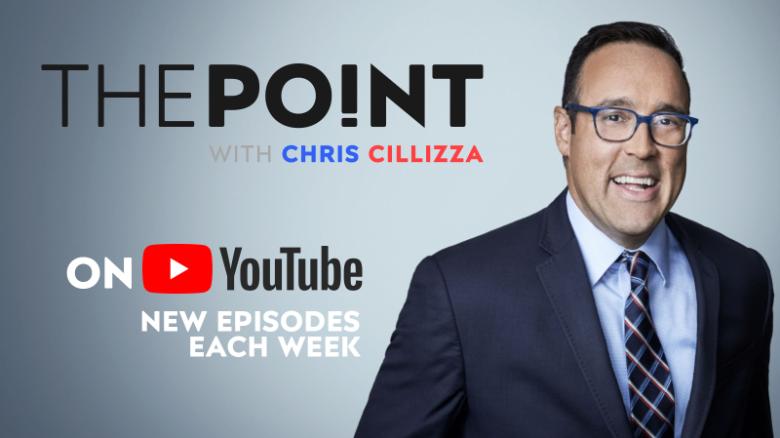Analysis: 7 takeaways from Biden’s Covid-19 speech
My takeaways from Biden’s speech, which ran just over 20 minutes, are below. They’re in no other order than the order that I jotted them down while watching the speech.
1. Donald Trump dug the hole: Biden didn’t mention his predecessor by name, but especially in the early moments of his speech, it was very clear that the current President lays much of the blame for the country’s struggles with the coronavirus pandemic at the feet of the last President. “A year ago, we were hit with a virus that was met with silence and spread unchecked, denials for days, weeks, then months,” Biden said at one point. “That led to more deaths, more infections, more stress and more loneliness.” At another point, Biden pulled out his mask and expressed amazement that it had been turned into some sort of political statement.
3. At war with the virus: In the language he chose — and the comparisons he made — Biden clearly wanted to make Americans understand that we are at war with Covid-19. He said the country was on “war footing.” He noted that Covid-19 had now killed more Americans than World War I, World War II and the Vietnam War combined. Even in quoting “Farewell to Arms” — “many are strong in the broken places” — Biden was invoking Ernest Hemingway’s novel about World War I. The message was clear: This isn’t an enemy like the United States is used to battling. But it is an enemy nonetheless, and the need for sacrifice and unity is as great as it was when America was fighting the Axis powers.
4. Truth matters: Again, per No. 1, Trump wasn’t mentioned by name in this speech, but he was all over it. “We know what we need to do to beat this virus; tell the truth, follow the science, work together,” Biden said at one point, a direct rebuke to Trump’s rejection of facts and science about the coronavirus during the course of the 2020 campaign. “You’re owed nothing less than the truth,” Biden said at another point. And even while sounding a mostly optimistic note about a return to normal — more on that below — Biden was open and transparent that things could go sideways, that variants of the virus are out there, and that if proper mitigation practices were not followed we could be in for another surge.
![]()



